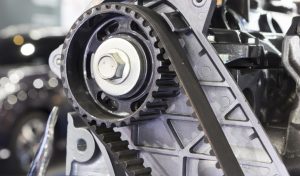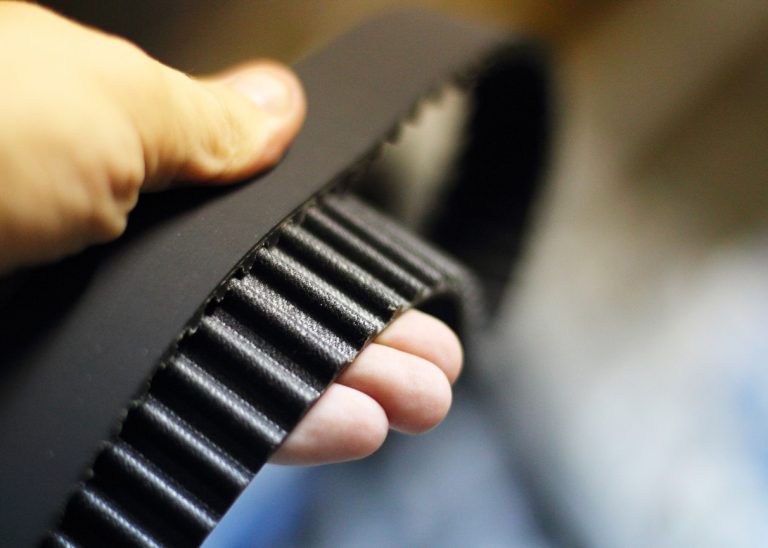VEHICLE BELTS 101
Vehicle belts transfer power from the engine to various components of your engine, ensure proper timing of moving parts, and connect key systems.
Types of Belts:
Timing Belt – responsible for timing the moving parts within your engine. Simply put, if these parts do not operate in sync, your engine will not work.
Serpentine Belt – connects the alternator, power steering, and A/C. Ensures proper power to these key accessories.
Alternator Belt – powers electrical components and recharges the car battery. The belt makes sure proper charge and power is maintained.
Each of these belts are made from a firm rubber material. Due to the high heat environment in the engine, these belts break down over time and should be replaced periodically to keep your vehicle running properly.
Warning Signs:
Cracking – The heat of the engine will break down the rubber belts over time. Deterioration and cracks leave your belts at increased risk for breaking.
Noises – Squealing noises can indicate an issue with a belt. This may also be accompanied by vibrations in some cases.
Loss of power – Should the belt lose its grip and slip, you may notice power loss to your accessories. Bring your vehicle in for diagnostics to determine the cause of the power loss.
If you suspect an issue with a belt, have it inspected right away! Catching warning signs early and replacing the belt before it breaks are critical steps to preventing further damage and expensive repairs (especially the timing belt).
Because it’s not always possible to catch the warning signs of an aging belt, our auto experts recommend following the manufacturer’s maintenance schedule. If you aren’t sure when to replace the belts in your vehicle, request an appointment online to schedule your next inspection at one of our conveniently located shops. Keeping Kansas drivers safely on the road is our top priority!


